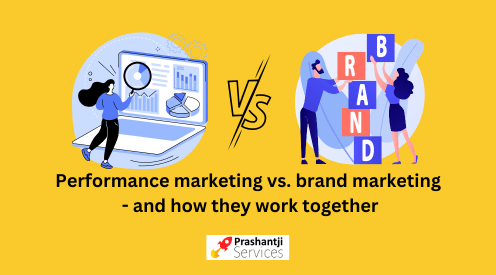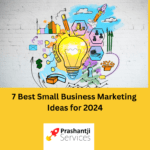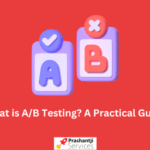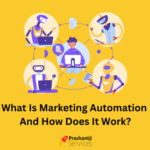Performance marketing vs. brand marketing – and how they work together
You probably answer that question differently depending on whether you focus on performance marketing or brand marketing.
To increase short-term revenues and increase long-term brand growth, marketers must balance performance marketing and brand marketing. Both can contribute to a company’s success.
The purpose of this blog post is to provide a definition of performance marketing and brand marketing so you will know where to invest your time and money. Finally, you’ll discover how full-funnel marketing offers a more effective strategy for short-term and long-term results, along with some of the pros and cons of digital marketing strategies of today.
Defining ‘performance marketing’ is the first step.
Defining performance marketing
In performance marketing, data-driven tactics are used to generate sales and target customers.
- PPC (pay-per-click) advertising
- Marketing on social media
- Marketing with influencers
- Marketing via email
- Retargeting ads
- SEO (search engine optimization)
If someone clicks on a PPC link and makes a purchase, you can collect data about how much the ad cost and how much revenue was generated.
With the digital nature of performance marketing, you are able to analyze data to optimize your campaigns. For example, split testing can be used to evaluate the effectiveness of your email marketing campaign. If you find one email variant converts more readers, you can use it more to get better results.
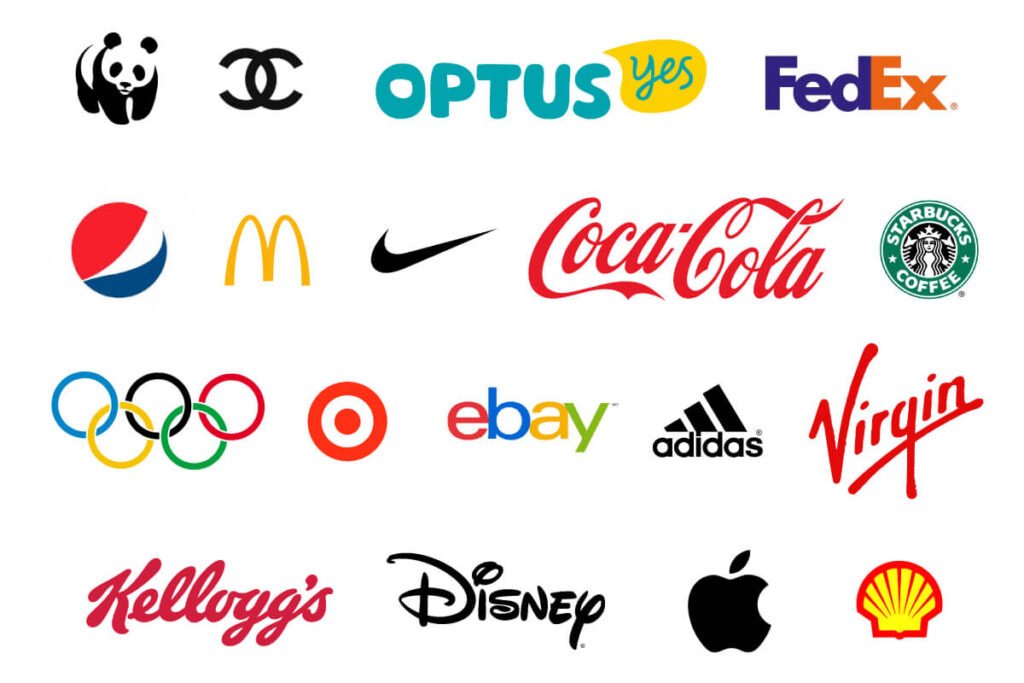
Defining brand marketing
With brand building, you are focusing on the total addressable market (TAM), not just the people who are ready to buy your products or services.
Because it is hard to collect data that proves a direct link between marketing strategy and business success, performance marketers might struggle with this approach. In a video, a catchy jingle may boost brand recognition without immediately increasing sales. Over time, improved brand recognition could lead to higher revenues, as more customers feel connected to the company’s products, services, and brand assets.
A brand’s advertising and marketing efforts can include:
- Using the same colors, logos, and messaging across all marketing channels.
- Making it easier for customers to solve problems by releasing an app.
- Making your company more trustworthy by focusing on customer service.
- Social media sites can be used to build relationships.
- Creating and running radio, television, podcast, and website advertisements.
Godin writes about the difference between direct marketing and branding in ‘This is marketing’:
“The difference is what happens after the ad runs. Direct marketing is action oriented. And it is measured. Brand marketing is culturally oriented. And it can’t be measured. But is that really the case? — Seth Godin”
The measurement of some aspects of brand campaigns is easier than others. For example, you can easily track how many people interact with your company through social media. However, tracking the number of people who have heard an advertisement on a local radio station is much harder. It is even harder to tell if the 20% increase in shop visits was due to the radio campaign or a billboard next to the highway after both campaigns ran and the billboard was purchased.
Performance marketing: pros and cons
Performance marketing can contribute to a successful business strategy, but there are potential downsides as well.
Performance marketing can be used throughout the customer journey
There is no rule that says you should only use performance marketing near the bottom of the marketing funnel. Performance marketing is a great way to convert a curious customer into a paying one.
Leads can be moved from the top to the bottom of the funnel using sequential storytelling told through a series of emails.
The customer journey requires unique ads in your digital marketing strategy
There are at least four stages in a typical sales funnel:
- Brand awareness: introducing consumers to the brand and its products
- Increasing interest in the brand’s products among potential customers
- The goal of evaluation is to make your brand appear as the best choice for your customers
- Converting your lead into a customer is closing the sale
Depending on your target audience, your sales and marketing funnels could have more stages.
Advertising that targets consumers at specific points in the customer journey is essential to moving them through these stages. It’s hard to determine the impact of top-of-funnel ads on sales. Each step contributes to your advertising spend. It’s hard to tell if you should cut them or keep paying for brand exposure.
There is a direct correlation between ads and purchases with PPC campaigns
You can see exactly how well your ads work with Pay Per Click or PPC campaigns, making them attractive performance marketing channels. The performance marketing allocation needs to be adjusted if 1,000 people click on one ad, but only 100 people click on another ad.
It is also easier to identify authentic consumer insights with PPC. What happens when 1,000 people click on an ad, but only 100 turn into customers as a result of the messaging? You may need to realign your PPC ad text with your landing page if that’s a deeper insight.
The cost of PPC advertising can be high
Data can be collected and results can be viewed almost in real time with a PPC marketing strategy. However, the most popular PPC keywords can be expensive. It doesn’t matter whether people who click the link make a purchase or not. However, if many clicks don’t lead to conversions, you could quickly exhaust your PPC marketing budget.
Additionally, PPC campaigns work for only as long as you fund them. Once you stop funding your campaign, your PPC ads will disappear. They may drive sales, but they are only effective for a short period of time.
With brand marketing, you can take a break after a few years of building your brand recognition without many negative consequences.
Brand marketing: pros and cons
A marketing firm may spend a considerable amount of time comparing aesthetics and creative approaches that they think will convey your brand’s core elements. Ideally, this effort leads to a campaign that instills long-term brand loyalty and improves your overall business strategy. Will the approach work? Even experienced brand marketers have trouble answering that question.
A strong brand recognition is built as a result of your efforts
Consumers prefer to buy products from brands they know and trust rather than a company they haven’t heard of. When people are exposed to your brand messaging more frequently, they are more likely to choose you over competitors. Building strong brand recognition could make your company an attractive option for buyers.
Brand awareness can lead to long-term business success
Your brand marketing can take weeks, months, or even years. The first time someone sees your brand marketing, they may not get much from it. Over time, they become accustomed to your name, products, and services. Eventually, you could become a trustworthy brand name that they feel comfortable shopping with.
Building a strong reputation is a long-term process, but once people know you, their names will stay with them. Give them positive experiences so they will continue to buy from you.
Con: You don’t know what contributed to your success
Your brand marketing campaign might not be able to tell you which aspect did the heaviest lifting, so it becomes nearly impossible to create future campaigns that will produce similar results. Developing inspiring creative briefs and distributing content through the channels that worked well before is the best you can do.
Branding takes talent, effort, and money, as well as luck.
Brand marketing may also boost short-term results
Brand campaigns are typically designed to build a strong brand over the long term, but some research indicates that they can also boost short-term sales. At the same time, performance campaigns do not usually contribute to brand building.
The combination of these short- and long-term marketing approaches can result in a full-funnel strategy that improves business results.
Marketing that is full-funnel
Marketers are now relying on both traditional marketing and data-driven approaches simultaneously, according to McKinsey. If you focus on only one strategy, you can create a skewed focus. For example, a brand marketing plan ignores the benefits of other channels. You are more likely to achieve better results if you combine brand marketing with performance marketing.
Rather than thinking about performance marketing versus brand marketing, it’s time to find the right balance.
According to the 60-40 rule
The researchers Binet & Field offer a solution to finding the right balance between brand and performance. According to their study, companies who spend 60% of their advertising budget on brand building and 40% on ‘activations’, or performance marketing campaigns, have the best results from their advertising.


